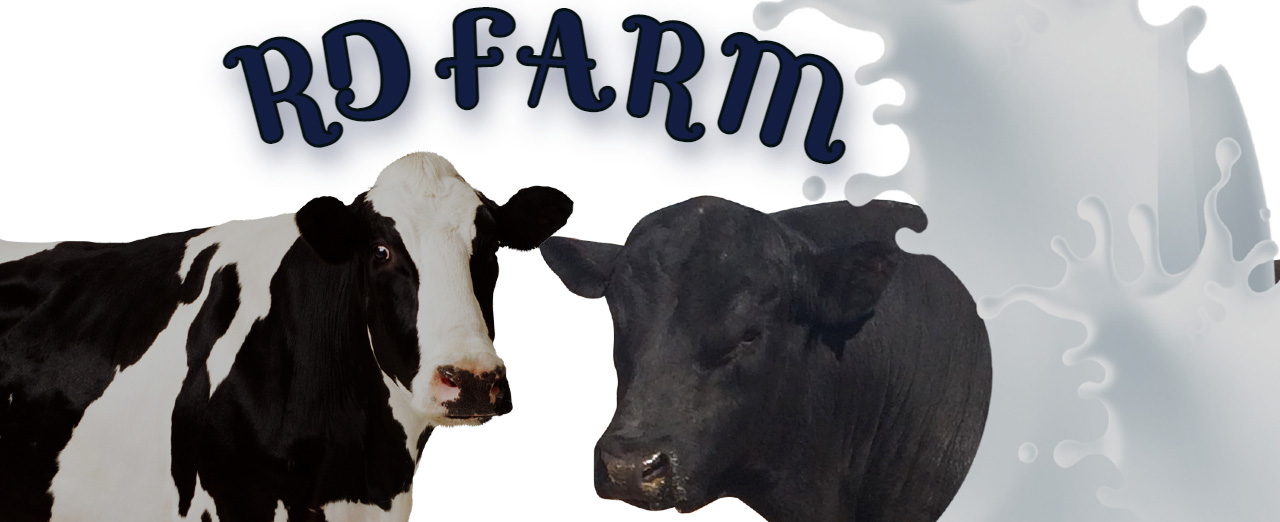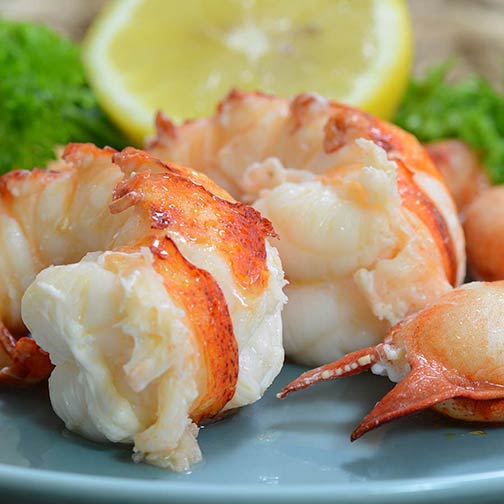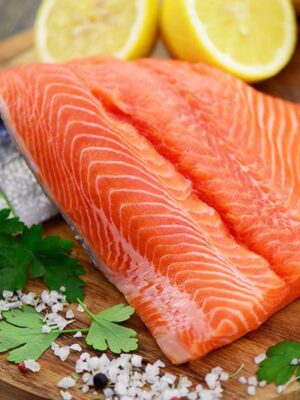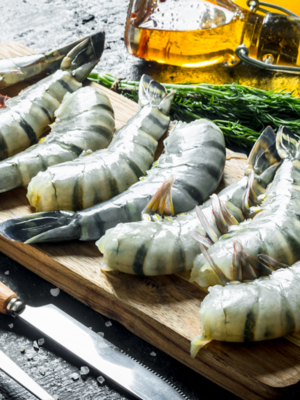Organic Lobster Dubai, Abu Dhabi, Sharjah, Ajman, Al Ain, RAK, Fujairah, Umm Al Quwain – now available across UAE. Whether you’re looking for organic Organic Lobster delivery, buy fresh Organic Lobster near you, or high-quality Organic Lobster in any of these cities, you’re in the right place.
INTRODUCTION:
Organic lobster has a rigid, segmented body covering (exoskeleton) and five pairs of legs, one or more pairs of which are often modified into pincers (chelae) with the chelae on one side usually larger than that on the other.
NUTRITIONAL VALUE:
It has more EPA and DHA—two omega-3 fatty acids linked to a slew of health benefits—than other shellfish like shrimp and crab, though it doesn’t quite measure up in that department to fattier fish like salmon and tuna.
USAGE:
The meat is often eaten with melted butter and lemon juice. Lobster is also used in soup, bisque, lobster rolls, cappon magro, and dishes such as lobster Newberg and lobster Thermidor. Cooks boil or steam live lobsters.
STORAGE:
Temperature: Organic Lobster should ideally be stored in a fridge that is around 40 degrees Fahrenheit. Do not put your lobster in a freezer as it is too cold. Moisture: Lobsters need to be kept moist, but not wet, to stay fresh. Cover them with seaweed or damp newspaper.
Keywords (click to expand)
Organic Lobster in Dubai, Premium quality available in Dubai, Fresh delivery across Dubai, Trusted supplier near you – Dubai, Order now with fast delivery in Dubai, Our traditional product available in Dubai, Enjoy fresh delivery of this item in Dubai, Looking for freshness in Dubai? Try this now,
Organic Lobster in Abu Dhabi, Premium quality available in Abu Dhabi, Fresh delivery across Abu Dhabi, Trusted supplier near you – Abu Dhabi, Order now with fast delivery in Abu Dhabi, Our traditional product available in Abu Dhabi, Enjoy fresh delivery of this item in Abu Dhabi, Looking for freshness in Abu Dhabi? Try this now,
Organic Lobster in Sharjah, Premium quality available in Sharjah, Fresh delivery across Sharjah, Trusted supplier near you – Sharjah, Order now with fast delivery in Sharjah, Our traditional product available in Sharjah, Enjoy fresh delivery of this item in Sharjah, Looking for freshness in Sharjah? Try this now,
Organic Lobster in Ajman, Premium quality available in Ajman, Fresh delivery across Ajman, Trusted supplier near you – Ajman, Order now with fast delivery in Ajman, Our traditional product available in Ajman, Enjoy fresh delivery of this item in Ajman, Looking for freshness in Ajman? Try this now,
Organic Lobster in Al Ain, Premium quality available in Al Ain, Fresh delivery across Al Ain, Trusted supplier near you – Al Ain, Order now with fast delivery in Al Ain, Our traditional product available in Al Ain, Enjoy fresh delivery of this item in Al Ain, Looking for freshness in Al Ain? Try this now,
Organic Lobster in RAK, Premium quality available in RAK, Fresh delivery across RAK, Trusted supplier near you – RAK, Order now with fast delivery in RAK, Our traditional product available in RAK, Enjoy fresh delivery of this item in RAK, Looking for freshness in RAK? Try this now,
Organic Lobster in Fujairah, Premium quality available in Fujairah, Fresh delivery across Fujairah, Trusted supplier near you – Fujairah, Order now with fast delivery in Fujairah, Our traditional product available in Fujairah, Enjoy fresh delivery of this item in Fujairah, Looking for freshness in Fujairah? Try this now,
Organic Lobster in Umm Al Quwain, Premium quality available in Umm Al Quwain, Fresh delivery across Umm Al Quwain, Trusted supplier near you – Umm Al Quwain, Order now with fast delivery in Umm Al Quwain, Our traditional product available in Umm Al Quwain, Enjoy fresh delivery of this item in Umm Al Quwain, Looking for freshness in Umm Al Quwain? Try this now






